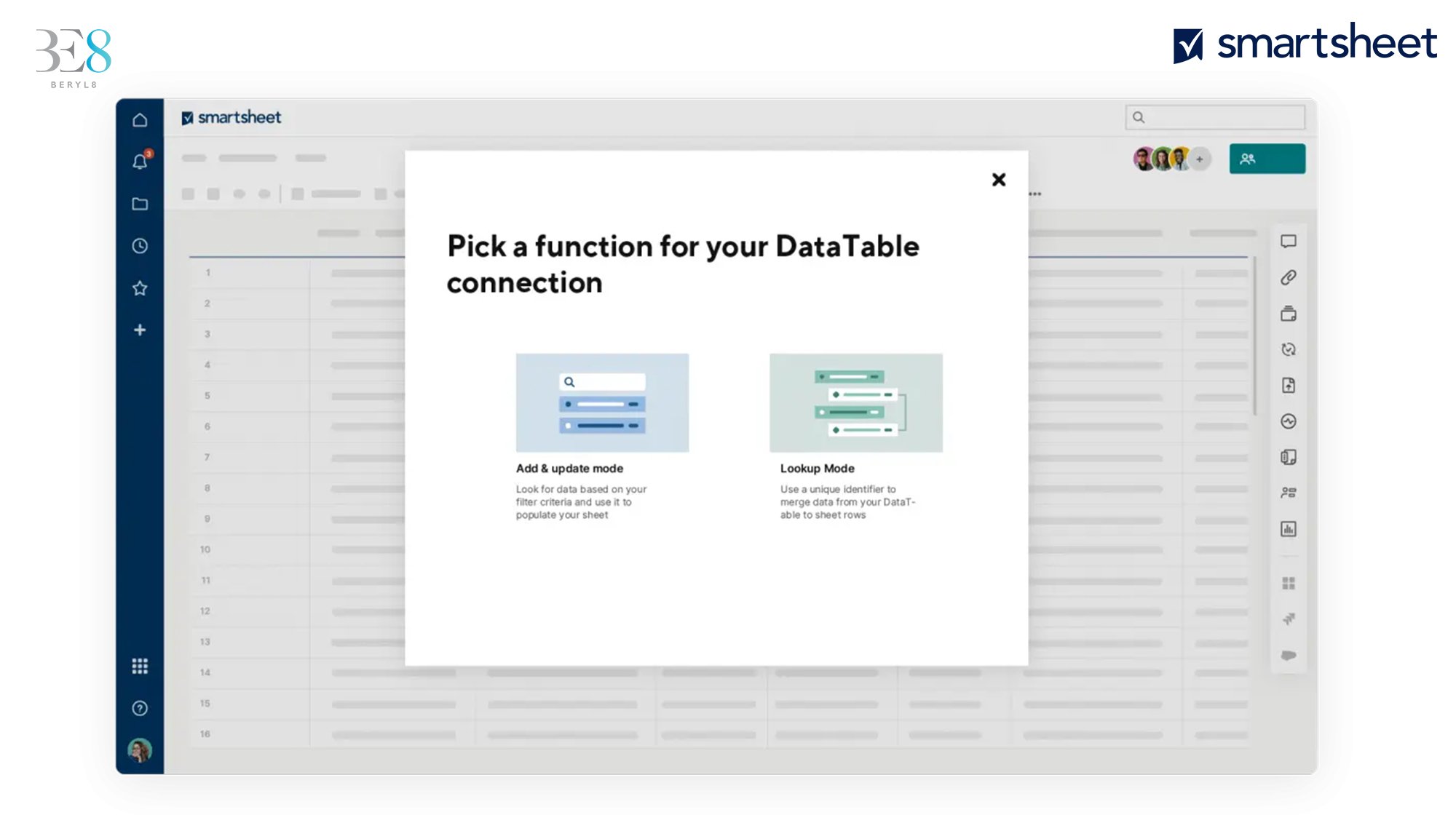3 BENEFITS OF REAL-TIME MONITORING IN THE CALL CENTER by GENESYS

Real-time data is the fuel of modern call center success. From the agents on the front lines to executives who focus on back-end metrics. Knowing what happens as it happens through real-time monitoring gives you necessary information to optimize the customer experience.
1. Make Agents Lives’ Easier
Call center agent’s priority is making their day-to-day jobs run smoothly. Unlike managers or high-level executives, agents are less concerned about the data itself. They’re more interested in how management uses that data. Real-time monitoring shapes the environment that agents work in every day.
Take the guesswork out of agent performance. Real-time monitoring lets you evaluate agent performance in the moment. Then you can give feedback about how they’re doing during any interaction. If the agent has a clear handle on the issue, you can let them know they’re on the right track. If not, you can easily provide information and guidance to get them where they need to go. This type of employee nurturing educates agents and ensures that no one feels “lost” during a customer interaction.
Turn agents into experts. At the end of the day, we all want to feel like we know what we’re doing in our jobs. Real-time monitoring lets you identify gaps in agents’ knowledge or skills — and address them immediately. This keeps agents informed and ready to provide confident customer service. Notice several agents are struggling with the same topic? That’s a good sign employee training would be helpful.
Serve as a lifeline in difficult interactions. Sometimes things go sideways. Customers have strange issues or are already frustrated after a stressful week. In these cases, real-time monitoring can save the day. By catching potentially volatile situations early, you can step in and address the issue right away. By stopping it before it escalates you preserve the customer relationship. You can also use this as an opening to teach and nurture agents and improve employee satisfaction.
2. Make Your Life Easier
Real-time data monitoring gives you, the call center manager, a top-down view of everything happening at any given moment. This information lets you manage queues and channels — and better budget limited resources. There’s no guesswork.
Ease the burden of staff planning. Staffing is an issue for many call centers. Managers deal with everything from high agent turnover rates to surges and dips in call volumes. And improper coverage affects your metrics and customer satisfaction. Real-time data monitoring sets a baseline so you can plan staff accordingly. Plus, consistent scheduling makes it easier on agents — and that can help with churn.
Identify key areas for staff improvement. The data gleaned from real-time analysis lets you hone in on problem areas with agents. Use this information to offer proactive training and continued education for agents. Make a note if several agents are struggling with a particular issue or a task. Give them the information they need to overcome the obstacle.
Pro tip: Record training and keep a library of them for employees. This will save you time if a new agent encounters a familiar stumbling block.
Improve productivity. While fostering a positive culture for employees is an important part of management, you’ve still got KPIs and SLAs to meet. Use real-time data to keep your team on track.
Monitor standard hold times, call lengths and call resolutions. Identify what slows agents down and which of your agents are performing the best. Then determine what they’re doing differently. Work with agents to identify the things holding them back and how they can address these issues to improve resolution time.
3. Make the Business More Productive
Issues in the call center can impact overall business. The bottom line and the company’s reputation are at risk if customer satisfaction gets too low.
Reduce agent churn. Turnover in call centers is a massive issue and being understaffed has a ripple effect. If agents feel confused, overworked or undervalued, they’ll move on. With real-time data monitoring, you can identify why agents are leaving and take steps to fix the issue — or issues. Plus, when leveraged over time, the data paints a picture of the ideal agent. Compile the traits of the most successful agents and build a profile to use for recruiting and hiring.
Improve customer satisfaction. Call center agents are the voice and face of your company. When a customer calls, chats or emails with an issue, they want a fast and helpful response. If they don’t, they’ll take their business elsewhere.
For more information about Call Center system from Genesys, please contact the Sales Team at: https://www.beryl8.com/en/contact-us



